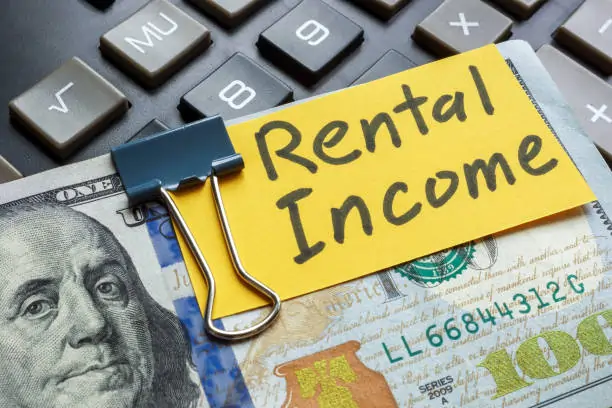When seeking to rent an apartment, one crucial step you’ll encounter is providing proof of income for apartment. But what is proof of income? It’s a collection of documents that verify your ability to afford rent. This requirement ensures that landlords can trust tenants to make consistent, timely payments. Navigating this process confidently can enhance your chances of securing an apartment. Let’s explore the different documents you might need to provide and what to do if you’re unable to furnish them immediately.
Understanding Proof of Income
Before diving into specific documents, it’s important to understand the purpose of proof of income. Essentially, these documents validate your financial stability, providing assurance to landlords that you can meet the rent commitment. Proof of income documents can vary based on your employment status, financial situation, and the landlord’s requirements.
Common Proof of Income Documents
When applying for an apartment, landlords may request various documents to assess your financial standing. Here’s a straight-to-the-point list of documents commonly accepted as proof of income:
- Pay stubs: These show your earnings and any deductions for taxes and benefits. Landlords usually ask for several recent pay stubs to gauge consistency in your income, making them a primary choice for many.
- W-2 forms: These forms provide a year-end summary of your earnings and taxes. They’re particularly useful if you’re employed, offering a comprehensive overview when paired with pay stubs.
- 1099 forms: Unlike W-2 forms, 1099s cater to freelancers and self-employed individuals, summarizing various income streams over the tax year.
- Tax returns: A 1040 tax form outlines all income sources and any existing debts, crucial for self-employed individuals or those with non-traditional income.
- Bank statements: These documents show regular deposits, serving as a secondary verification method and complementing other income documents.
- Employer income letter: A letter from your employer detailing your salary and employment status can supplement other documents like pay stubs.
- Job offer letter: If you’re shifting locations for a new job, a letter indicating your new salary and start date can temporarily act as proof.
- Social Security benefits statement: Often used by retirees or individuals on disability, this statement indicates regular benefit income.
- Pension distribution statements: If you’re receiving retirement benefits, these statements can validate your income when paired with tax documents like the 1099-R.
- Worker’s compensation letter: This document is crucial if your income is supplemented or replaced due to a work-related injury.
- Court-ordered award letter: Documents detailing child support or alimony payments serve as proof, though they might be less common.
What to do if You Can’t Provide Proof of Income
Situations may arise where providing proof of incomeis challenging. Recent graduates, individuals recovering from financial setbacks, or people transitioning between jobs might face such issues. If you find yourself in this situation, consider the following:
- Seek a co-signer or guarantor: A co-signer agrees to take responsibility for the rent should you be unable to pay, offering assurance to hesitant landlords.
- Provide alternative documentation: Savings account statements or letters from financial advisors detailing available funds might act as temporary proof.
Conclusion
Navigating the rental market can be straightforward with proper preparation. Understanding what proof of incomefor an apartment entails and ensuring you have the necessary documents on hand will facilitate a smoother rental application process. Remember, being transparent and proactive not only helps build trust but also positions you as a reliable tenant.
Read more: Loan App vs. Credit Card: Which is Better for Diwali Expenses?
Why Businesses Still Pick CodeIgniter for Rapid Web App Development
Business Cards That People Keep
